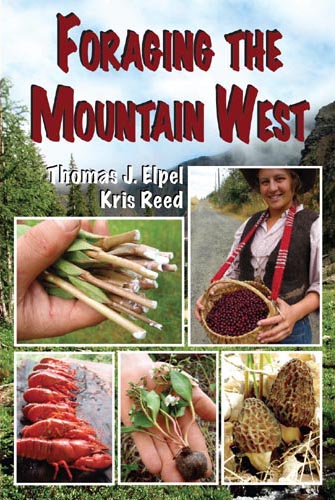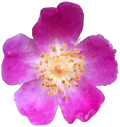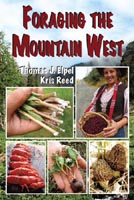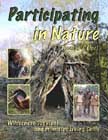 Angelica arguta. Lyall's Angelica. |  Angelica arguta. Lyall's Angelica. Photographed in Yellowstone National Park. |
 Angelica douglasii. Douglas Angelica. |  Angelica douglasii. Douglas Angelica. Near Glacier National Park. |
 Conium maculatum. Poison Hemlock. |  Conium maculatum. Poison Hemlock. Widespread. |
 Cicuta douglasii. Water Hemlock. The deadliest plant in North America. |  Cicuta douglasii. Water Hemlock. Widespread. |
 Cicuta douglasii. Water Hemlock. Widespread. The deadliest plant in North America. |  Sanicula marilandica. Maryland Sanicle. Photographed in the Big Snowy Mountains of Montana. |
 Daucus carota. Wild Carrot. The plant was introduced from Eurasia and is now widespread across North America. |  Daucus carota. Wild Carrot. The roots of first year plants are edible. They become woody by the second year. |
 Coriander: Coriandrum sativum. |

Foraging the Mountain West |
 Daucus carota. Wild Carrot. The wild carrot is the same species, but a different variety than the carrots we grow and eat. |
 Daucus carota. Wild Carrot. The plant was introduced from Eurasia and is now widespread across North America. |

Heracleum maximum. Cow Parsnip. |  Heracleum maximum. Cow Parsnip. |

Heracleum maximum. Cow Parsnip. |  Heracleum maximum. Cow Parsnip. |

Osmorhiza occidentalis. Sweet Cicely. | 
Osmorhiza occidentalis. Sweet Cicely. |
 Osmorhiza berteroi. Mountain Sweet Cicely. | 
Foraging the Mountain West |

Lomatium ambiguum. Wyeth Biscuitroot. Methow Valley, Washington. | 
Lomatium cous. Biscuitroot. |

Lomatium triternatum. Nine Leaf Biscuitroot. |  Lomatium triternatum. Nine Leaf Biscuitroot. |
 Lomatium dissectum. Fern-leaf Biscuitroot. |  Lomatium dissectum. Fern-leaf Biscuitroot |

Lomatium dissectum. Fern-leaf Biscuitroot. |  Lomatium farinosum. Northern Biscuitroot. Photographed in eastern Washington. |
 Lomatium canbyi. Canby's Biscuitroot. Native to the western states and common on the Columbia Plateau. |  Lomatium canbyi. Canby's Biscuitroot. Photographed in eastern Washington. |
 Lomatium macrocarpum. Bigseed Biscuitroot. Native from California to Manitoba, west to British Columbia. Common on the Columbia Plateau. |  Lomatium macrocarpum. Bigseed Biscuitroot. Photographed in eastern Washington. |

Cymopterus bipinnatus. Hayden's cymopterus. |  Cymopterus bipinnatus. Hayden's cymopterus. |
 Perideridia gairdneri. Yampa. |
 Perideridia gairdneri. Yampa. |
 Angelica hendersonii. Pacific Angelica. |
 Foeniculum vulgare. Sweet Fennel. |
 Foeniculum vulgare. Sweet Fennel. |
 Foeniculum vulgare. Sweet Fennel. |
 Glehnia littoralis. Beach Silvertop. |
 Glehnia littoralis. Beach Silvertop. Photographed in Washington. |
 Eryngium planum. Blue Glitter Sea Holly. |
 Eryngium planum. Blue Glitter Sea Holly is a member of Parsley family, but greatly resembles the Teasel family. |

Giant Hogweed: Heracleum mantegazzianum. |

Giant Hogweed: Heracleum mantegazzianum. Photographed in Sweden. |



























































